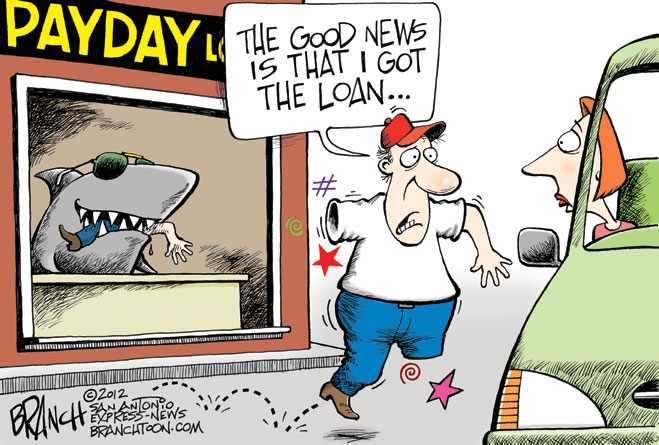
Lending Club and On Deck have seen their shares plunge from their highs following closely watched initial public offerings.
Alternative online lending marketplaces Lending Club and On Deck Capital are taking a beating on Wall Street this summer, with both companies’ shares plummeting below the opening prices of their respective initial public offerings.
Lending Club LC -0.95% , which debuted on the New York Stock Exchange in December, has seen its stock fall 50% from a high of $29 per share shortly after thecompany went public. Lending Club’s stock, which is now trading at $14.56, is below its original price of $15 per share.
On Deck ONDK -2.42% has also been getting hit by investors after its December IPO. The company’s shares are now trading at $11.60, 42% lower than the company’s initial offering price of $20.
Lending Club was one of the pioneers in peer to peer lending by creating a marketplace that connect borrowers and lenders. Founded in 2006, the company took traditional banks out of the equation to connect investors directly with those in need of a loan like small business owners who may not have qualified for a loan from a traditional bank and individuals looking to consolidate their debt. After clearing a few hurdles with federal regulators, Lending Club started gaining traction while raising massive amounts of cash from investors like Google Capital and Kleiner Perkins.
While On Deck also challenges traditional banks, the company differs from Lending Club in that it lends its own money to small businesses. From 2007, On Deck has lent more than $2 billion to hair salons, pizza parlors, and convenience stores.
Michael Tarkan, an analyst at Compass Point Research & Trading, is not optimistic about the prospects for both companies. He’s set a $14 price target for Lending Club’s shares and a $12 target for On Deck, and believes the stocks may sink lower. Why?
“The stocks are too expensive relative to underlying risk,” he said in an interview.
Tarkan further explained that Wall Street has realized that the stock price was overvalued considering the competitive and regulatory risks in the alternative lending space. He cited an increased amount of fast-growing competitors including Marlette and Prosper. Other startups that have raised money in the lending space include CAN Capital, LendUp, and Bond Street.
Traditional banks are starting to see opportunity in online lending as well. Goldman Sachs will soon let consumers apply for and receive small loans online, according to theNew York Times.
Both Lending Club and On Deck have been lauded by Silicon Valley as disrupting traditional banks by opening up the floodgates for underserved customers to credit. Lending Club and On Deck make money primarily by taking a cut of interest rates from loans.
Renaud Laplanche, founder and CEO of Lending Club, acknowledged the declining value of his company’s stock, but maintained that some of gyrations are from a flood of shares into the market following end of an investor lock up period. The company also issued disappointing revenue guidance following earnings in the second quarter, which was later raised.
As for the increased competition, Laplanche points to the company’s second quarter revenue more than doubling to $81 million compared with the same period a year earlier. And with this growth, the cost the company was incurring to acquire customers has gone down over the past year, he added.
On Deck’s revenue has also grown year over year. The company doubled revenue to $56.46 million in the second quarter of 2015, but posted a net loss of $5 million for the quarter.
While there hasn’t been any renewed regulatory problems like Lending Club faced five years ago, Tarkan says that it’s still early days from a regulatory perspective.
LaPlanche says Lending Club has worked well with regulators thus far, and he’s optimistic that regulators will continue to see the marketplace as a positive financial platform.
OnDeck declined to comment on the company’s stock performance for this article.

 le-en
le-en